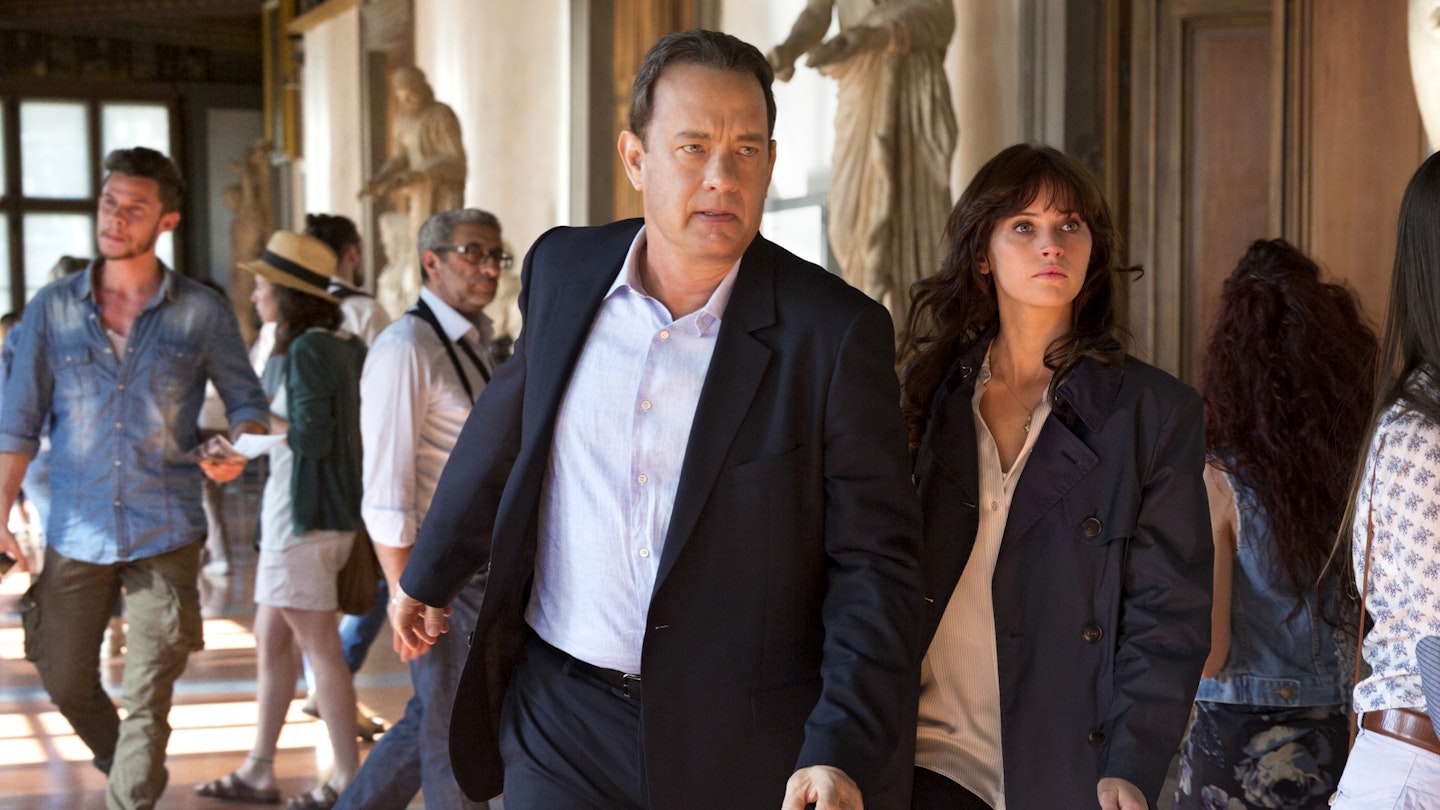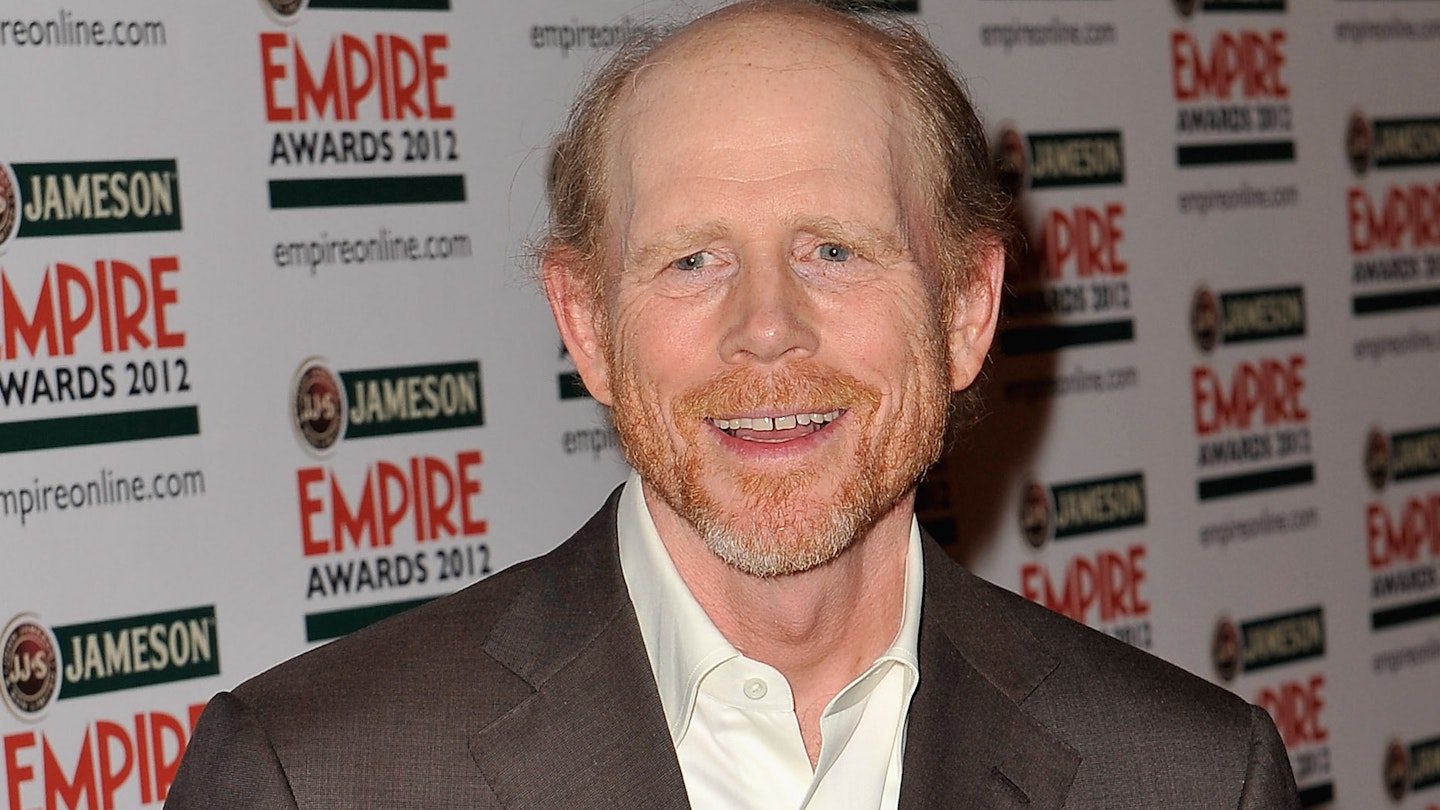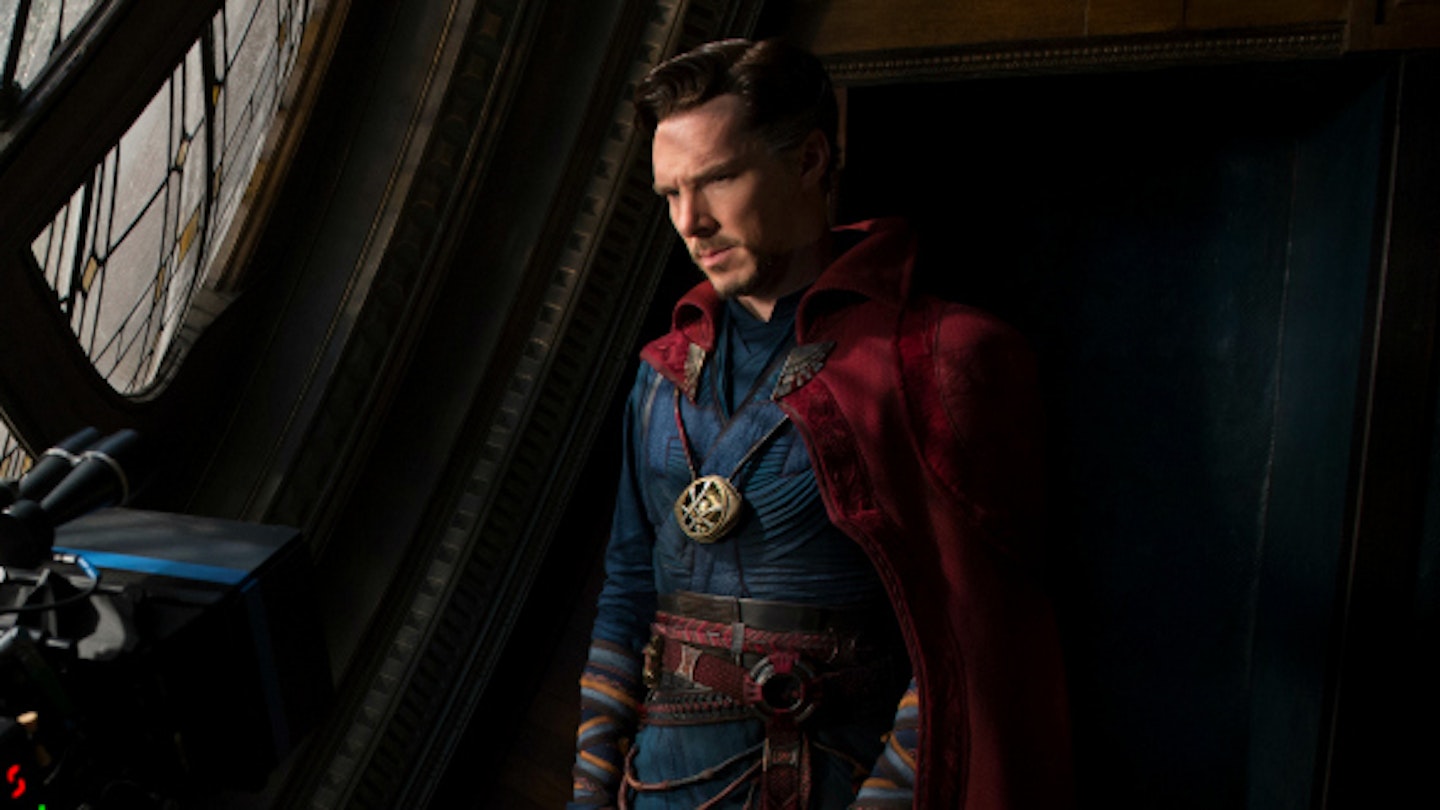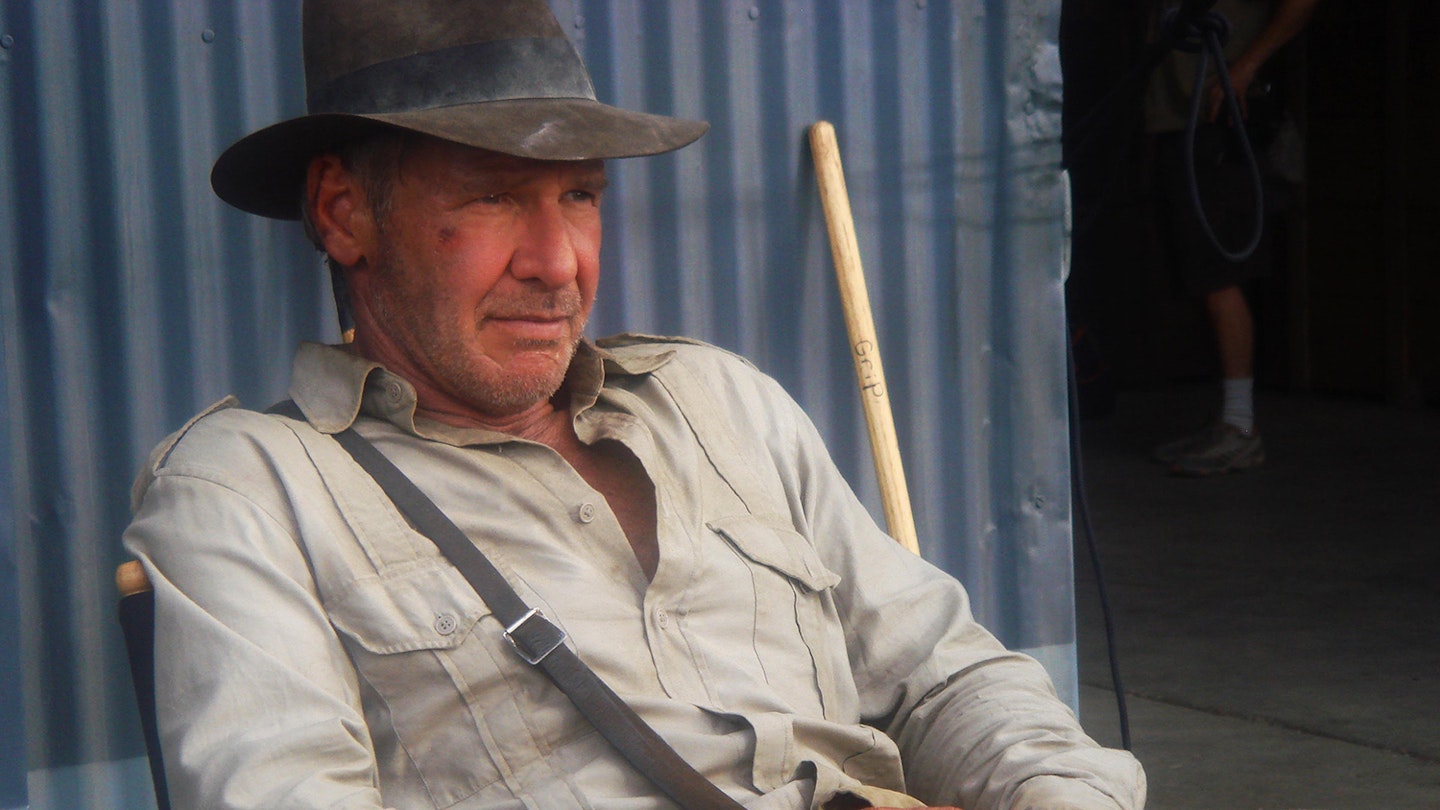After the profitable but little-praised The Da Vinci Code and Angels & Demons, this third Ron Howard and Tom Hanks adaptation of a Dan Brown book sees the filmmakers once again elevating weak material. Sadly, with lines like, “He has the Faraday pointer!” even their best efforts can’t quite make this gripping. We’ve seen James Bond and his mates save the world from bio-weapons multiple times already, and replacing a remote-controlled BMW with a Botticelli isn’t a significant upgrade, cinematically speaking.
This instalment does manage two surprisingly clever things. First of all, it establishes Ben Foster’s Zobrist — an evil name if ever there was one — as a tech billionaire so obsessed with over-population he’s created a man-made plague to drastically reduce humanity’s numbers. Then the film kills him off in its opening minutes. After that, everyone’s in a race against time to find his bioweapon before it’s triggered.
Secondly, the film also strips our hero, Tom Hanks’ Professor Robert Langdon, of his chief weapon: his brain. Reeling from a head wound and suffering nightmarish Hieronymus Bosch-esque hallucinations, the obnoxious mansplainer of the first two films is unusually vulnerable and initially dependent on Felicity Jones’ Dr Sienna Brooks for help. She is a former child prodigy who enjoys the usual millennial pastimes of working for Doctors Without Borders, marathon running and obsessing over Dante. The last hobby enables her to occasionally pre-empt Langdon’s problem-solving as they race around Florence in search of clues, but really her CV suggests she should be able to figure out the whole thing more quickly without him.
It all threatens to become stiflingly dull.
Despite that new blood, it’s soon business as usual. Langdon races around Italian Tourism Board-approved locations, vandalising works of art associated with Dante, in search of clues. Assassins march implacably after him, somehow figuring out the same clues as he does without the benefit of degrees in symbology — whatever that is. And international agencies positively bulging with suspicious employees chase after them. In this version of reality, the World Health Organisation boasts a paramilitary force that kicks doors down and has private jets standing by, which seems unlikely. Still, with the fate of half the global population at stake, perhaps they’re simply, and justifiably, keen.
Aside from stray traces of Hanks charm sneaking through Langdon’s dourness, it all threatens to become stiflingly dull. But just as you start to suffer museum fatigue, Irrfan Khan shows up to goose things a little. He’s Harry ‘The Provost’ Sims, the head of a laughably shady organisation known as The Consortium, and he merrily throws spanners in everyone’s plans and looks good doing it. Frankly he’s the best reason to watch the film’s second half. Omar Sy and Borgen’s Sidse Babett Knudsen get less to work with, but manage to give paper-thin characters a flicker of interest.
The backdrop is outrageously scenic, with a typical chase running through Florence’s Boboli Gardens into the Uffizi and along the streets of the town’s centre. The film’s so determined to take in the sights that it’s a bit of a shock that none of the clues are pinned to the back of Michelangelo’s David like a “kick me” sign. But the revelations in this tale are much too easy to spot coming, and after setting up an interesting ethical dilemma about humanity’s future — the real risks from over-population — it utterly ignores it for the usual bad-guy posturing. For a film about smart people being smart, you just wish the plotting were a little more nuanced.






.jpg?ar=16%3A9&fit=crop&crop=top&auto=format&w=1440&q=80)

